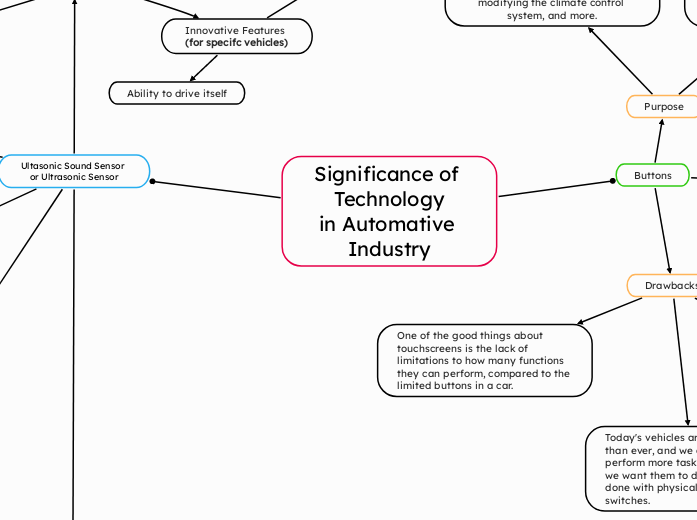door Abdulrahman Ahmed 9 maanden geleden
60
Significance of Technology in Automative Industry
In modern automotive advancements, ultrasonic sensors play a crucial role in enhancing vehicle safety and automation. These sensors emit sound waves that bounce off nearby objects, allowing the vehicle to avoid collisions, identify objects, and measure distances.









